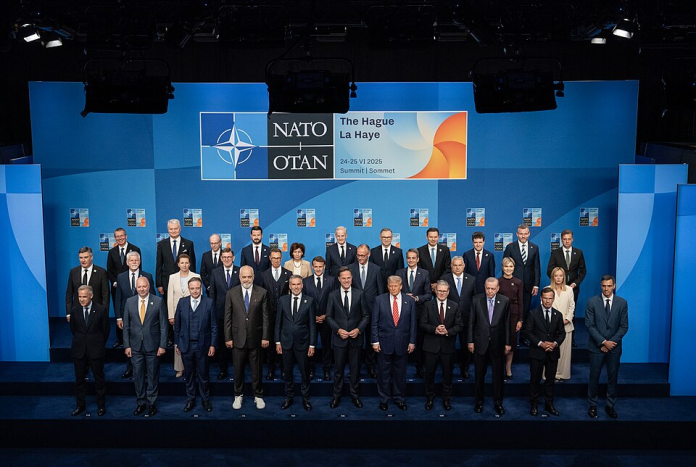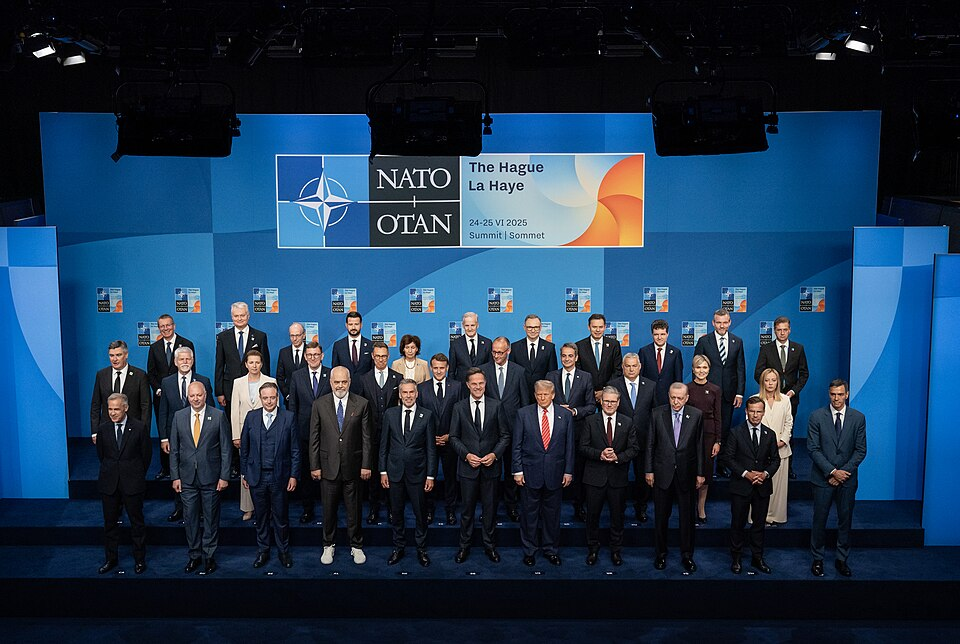
In September 2025, NATO’s air defense system came under its most direct challenge since the Kremlin launched its all-out invasion of Ukraine. In two days, 19 Russian drones crossed into Polish airspace, one of which traveled 260 kilometers inside beyond Warsaw causing four airports to be shut down. The drones, some constructed out of plywood and Styrofoam and costing as little as €10,000, were not hitting random fields. Flight trajectories displayed intentional trajectories towards Rzeszów-Jasionka Airport, a key NATO logistical center providing Ukraine.
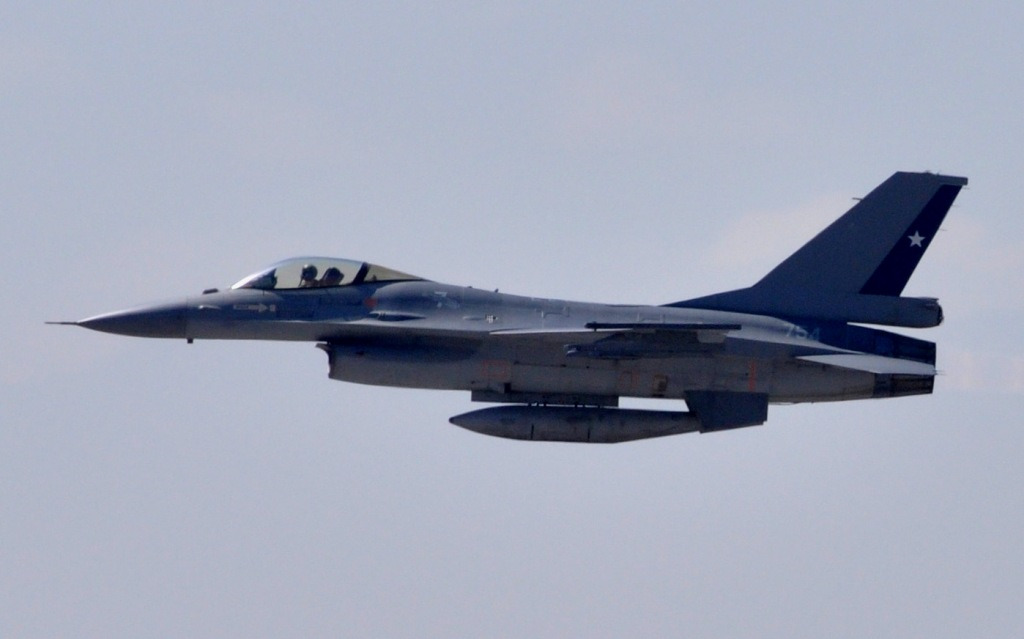
1. Cheap Drones, Expensive Interceptions
The September swarm showcased a central asymmetry of Russia’s gray-zone strategy making NATO spend costly interceptors on inexpensive unmanned aerial vehicles. Polish F-16s and Dutch F-35s scrambled as part of rapid reaction alert, accompanied by German Patriot batteries and an Italian AWACS. By Polish investigators’ account, a single AIM-120 AMRAAM launched against a drone potentially strayed off course and inflicted domestic property damage emphasizing the peril of targeting low-value aerial platforms with high-value missiles. NATO officials have since called for a 400% boost in air and missile defense capability and are considering directed-energy options like the Apollo high-energy laser and laser-guided APKWS rockets for Eurofighter Typhoons.
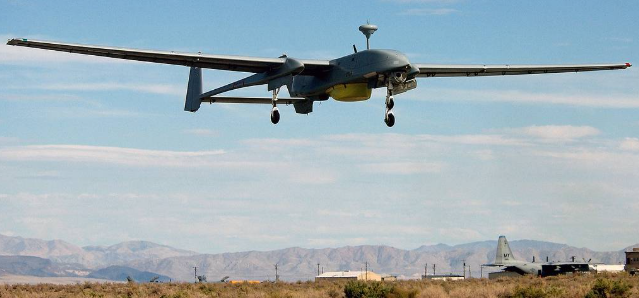
2. Russian UAV Profiles and Objectives
Most of the drones deployed in these incursions were Russian-made versions of Iran’s Shahed, which are domestically referred to as Geran or Gerbera. Capable of ranges of up to 700 kilometers, these propeller-powered loitering munitions carry warheads weighing 30–50 kilograms. In this regard, they were less being used as strike weapons and more as reconnaissance and provocation ordnance testing the reaction time of NATO’s integrated air defense system (IADS), gaps in radar coverage, and rules of engagement. Experts point out that sustained penetrations at scale would erode interceptor inventories and generate vulnerable windows in NATO air cover.
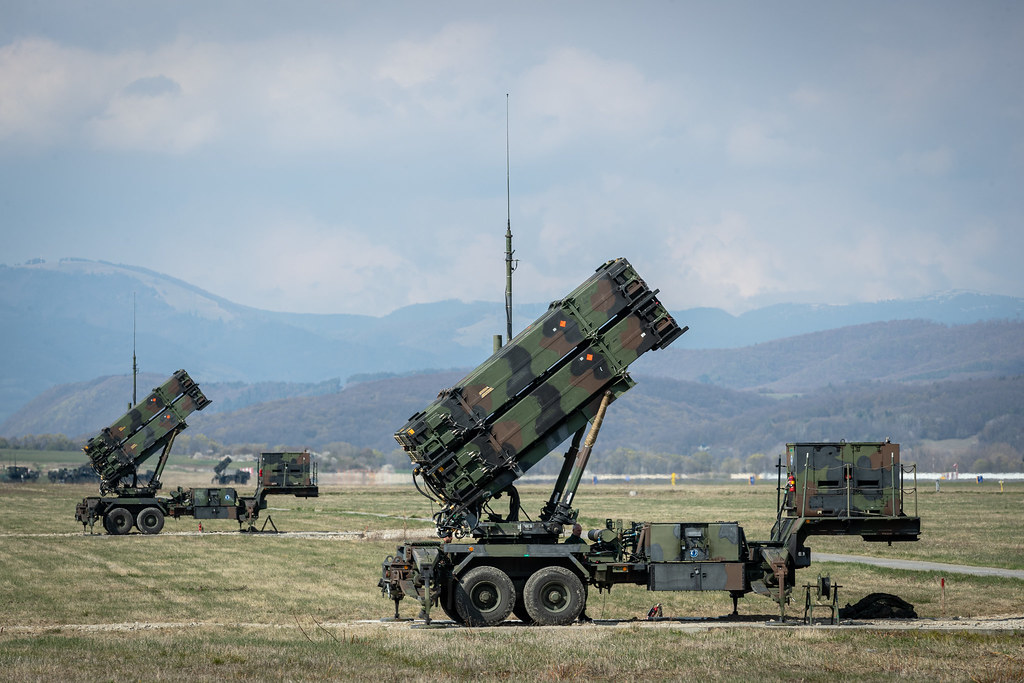
3. NATO’s Integrated Air Defense Architecture
NATO’s IADS integrates national capabilities into a hierarchical structure of sensors, shooters, and command nodes. Air policing operations depend on rapid reaction alert fighters, land-based interceptors such as Patriot and SAMP/T, and airborne surveillance assets such as AWACS. Data fusion takes place at regional Combined Air Operations Centers, which allow cross-border operations. The Polish incident, however, highlighted a cost-effectiveness shortfall deploying multi-million-dollar missiles to attack €10,000 drones is unaffordable in an extended hybrid campaign. This has spurred interest in short-range, high-volume counter-UAV systems and electronic warfare jammers across the NATO air picture.

4. Gray-Zone Escalation and Article 4
Poland’s invocation of Article 4 just the ninth time since NATO’s creation initiated immediate consultation in the North Atlantic Council. Unlike Article 5, which requires collective defense, Article 4 sets off political coordination in the event of a threat to a member’s security. Estonia did the same several days later following three Russian MiG-31s’ intrusion into its airspace for more than 10 minutes. These incidents illustrate the Kremlin’s measured game provoke enough to challenge alliance cohesion short of the Article 5 boundary.

5. Hybrid Warfare Outside the Airspace
The penetrations are part of a larger Russian hybrid effort chronicled in a CSIS database of subversive operations. Targets have ranged from undersea fiber-optic cables cut by anchor drags, GPS jamming in the Baltics, and sabotage of defense industry plants. GRU Unit 29155, which has been involved in earlier poisonings and coup plots, is associated with most of these efforts. The goal is the same: normalize provocation, plant public skepticism about NATO’s defensive capability, and strain allied resources across multiple threat directions.
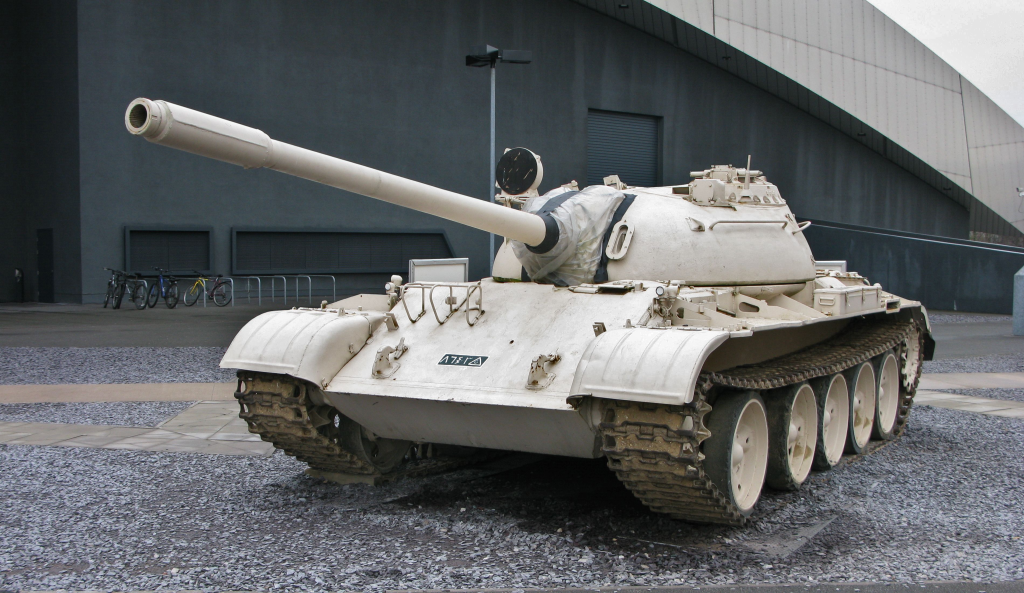
6. The Conventional War Imbalance
While hybrid warfare targets NATO’s seams, a conventionally fought war would overwhelmingly favor the alliance. A RAND Corporation war game concluded NATO would “dominate the skies over Eastern Europe,” destroying Russian air defenses and methodically breaking up command, logistics, and maneuver formations. Russia’s weakened force of aging T-55 and T-62 tanks, having lost more than 1,000,000 troops since 2022, and dependently using penal recruits has no ability to conduct high-end prolonged operations against NATO’s modernized air and ground forces.
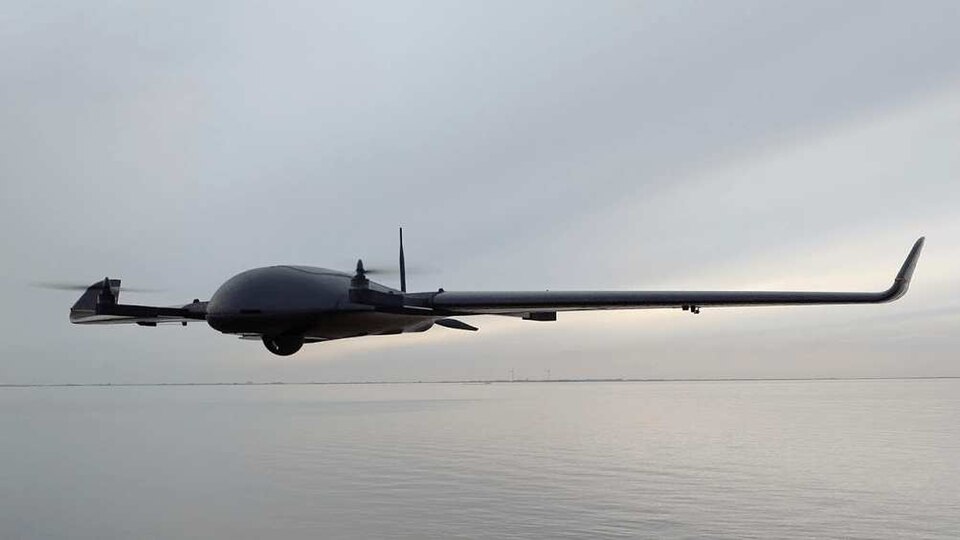
7. Engineering a Sustainable Defense
The Polish event has hastened NATO’s quest for cost-efficient, scalable countermeasures. Directed-energy weapons can offer near-zero cost-per-shot engagements against drones, and cueing by sophisticated radar can allow less expensive interceptors to engage slow, low-altitude targets. Integration of counter-UAV assets into the NATO Air Command and Control System (ACCS) must be avoided to prevent stovepiped national action. The “drone wall” approach persistent sensor and effector presence along the eastern flank is debated, with worry regarding cost, technical achievability, and political agreement.

8. Strategic Signaling and the Risk of Miscalculation
The Kremlin’s calculation rests on testing short of provoking unmanageable escalation. But experience is a warning In November 2015, Turkey downed a Russian Su-24 following a brief airspace incursion, and a bilateral crisis erupted. With Lithuania now permitting shootdowns of illegal drones in peacetime and six NATO nations vowing to defend their airspace militarily, the leeway for miscalculation is closing. Each incursion has the possibility of speedy escalation, particularly if misread in the midst of hybrid war.
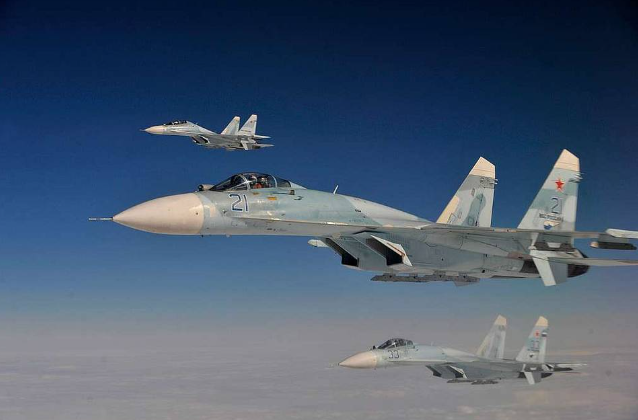
Russia’s airspace war of hybrid character is not a marginal nuisance but a conscious effort to undermine the deterrence framework of NATO. The challenge for the alliance is to evolve technologically and doctrinally, bridging the cost and response asymmetry without getting trapped in the self-deterrence that Moscow’s policy aims to reap.
